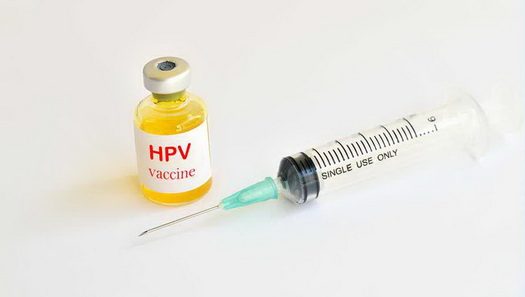
Polio Detected In NYC Wastewater, Vaccination Urged
The New York State Department of Health (NYSDOH) and the New York City Department of Health and Mental Hygiene (NYCDOHMH) today updated New Yorkers on the detection of poliovirus (the virus that causes paralytic polio) in sewage, suggesting likely local circulation of the virus. Polio can lead to permanent paralysis of the arms and legs and even death in some cases.
These findings follow the identification of a case of paralytic polio among a Rockland County resident on July 21,and the detection of poliovirus in wastewater samples collected in May, June and July from neighboring New York City counties, Rockland and Orange County – underscoring the urgency of every adult, including pregnant New Yorkers, and children staying up to date with the polio immunization schedule, particularly those in the greater New York metropolitan area. NYSDOH and NYCDOHMH will continue its active, ongoing wastewater surveillance efforts in partnership with CDC and to ensure prevention measures, particularly immunization clinics, are in place as the best way to keep New Yorkers and children polio-free is to maintain high immunity across the population through safe and effective immunization.
Vaccine coverage for routinely recommended vaccines has fallen among children in New York City since 2019, putting us at risk for outbreaks and devastating complications of vaccine preventable diseases. Only 86.2% of NYC children between the ages of 6 months and 5 years old have received 3 doses of the polio vaccine – nearly 14% remain not fully protected. Of particular concern are neighborhoods where coverage of children aged six-months to five-years-old with three doses of polio vaccine is less than 70%, putting these children at risk of contracting polio.
As of August 1, 2022, Rockland County has a polio vaccination rate of 60.34 percent and Orange County has a polio vaccination rate of 58.68 percent, compared to the statewide average of 78.96 percent, among children who have received 3 polio immunizations before their second birthday.
Polio can lead to permanent paralysis of the arms and legs and can be fatal due to paralysis in the muscles used to breathe or swallow. Most people infected with the virus do not have any symptoms, though some will have flu-like symptoms, like sore throat, fever, tiredness, nausea and stomach pain. One in 25 people with infection with get viral meningitis and about one in 200 will become paralyzed. While there is no cure for polio, it is preventable through safe and effective immunization.
A core component of CDC’s NYSDOH for all school-aged children, most children are already vaccinated. According to CDC, inactivated poliovirus vaccine (IPV), which is the only polio immunization that has been given in the United States since 2000, protects 99% of children who get all the recommended doses.
The most important way for children and adults to protect themselves from polio is to get vaccinated right away if they have not received all recommended polio vaccine doses. Health officials have increased communication to healthcare providers, stressing the on-time administration of the polio vaccine among their patients. In accordance with CDC:
- All children should get four doses of the polio vaccine, with the first dose given at 6 weeks through 2 months of age, followed by one dose given at 4 months of age, 6 through 18 months old, and 4 through 6 years old.
- People who are unvaccinated or are unsure if they have been immunized should receive a total of 3 doses if starting the vaccine series after age 4.
- Adults who have only had 1 or 2 doses of the polio vaccine in the past should get the remaining 1 or 2 doses – it does not matter how long it has been since the earlier doses.
- Adults who are at increased risk of exposure to poliovirus and who have previously completed a routine series of polio vaccine (IPV or OPV) can consult with a health care provider can receive one lifetime booster dose of IPV.
Most adults do not need polio vaccine because they were already vaccinated as children. New Yorkers who are not up-to-date with vaccination should speak to their health care provider or their child’s provider to schedule an appointment for vaccination against polio and other dangerous diseases, such as measles, mumps, whooping cough, chickenpox and COVID-19.
Polio outbreaks are happening globally. Children and adults should be up-to-date with polio and other routine immunizations before travelling. Adults who received polio vaccine as children should receive a one-time lifetime booster if traveling to an area where there is a poliovirus transmission.
NYSDOH has also engaged community-based organizations in the affected areas to partner on outreach, disseminating education about the virus, the safe, protective nature of the well-established immunization, and the gravity of the current situation. NYCDOHMH has been working with local providers and community leaders to promote vaccination and is developing materials for popular local communications channels.













Fake News
The polio they are finding is from people who got the polio vaccine.
disappointed
compliance probably urged by the local tyrants another excuse to stop your child from a chinuch you must jab overmedicate your child to sit like a good zombie behaving. Slowly veering ch”v towards long term health problems or worse! but who cares we have a pair of tyrants that are in charge probably backed by power hungry richie riches with a name & $$ Therefore worshipped & in charge etc.